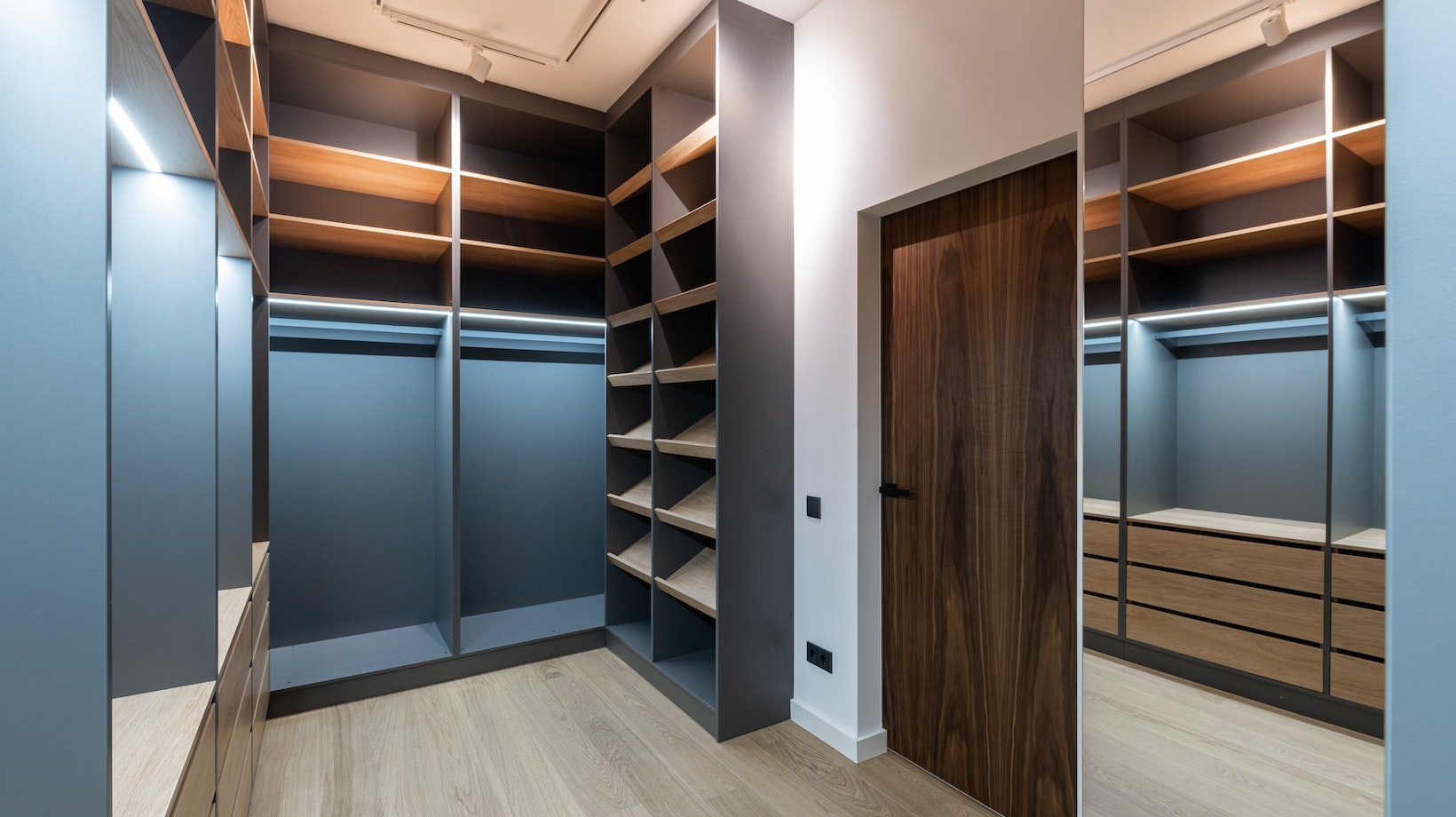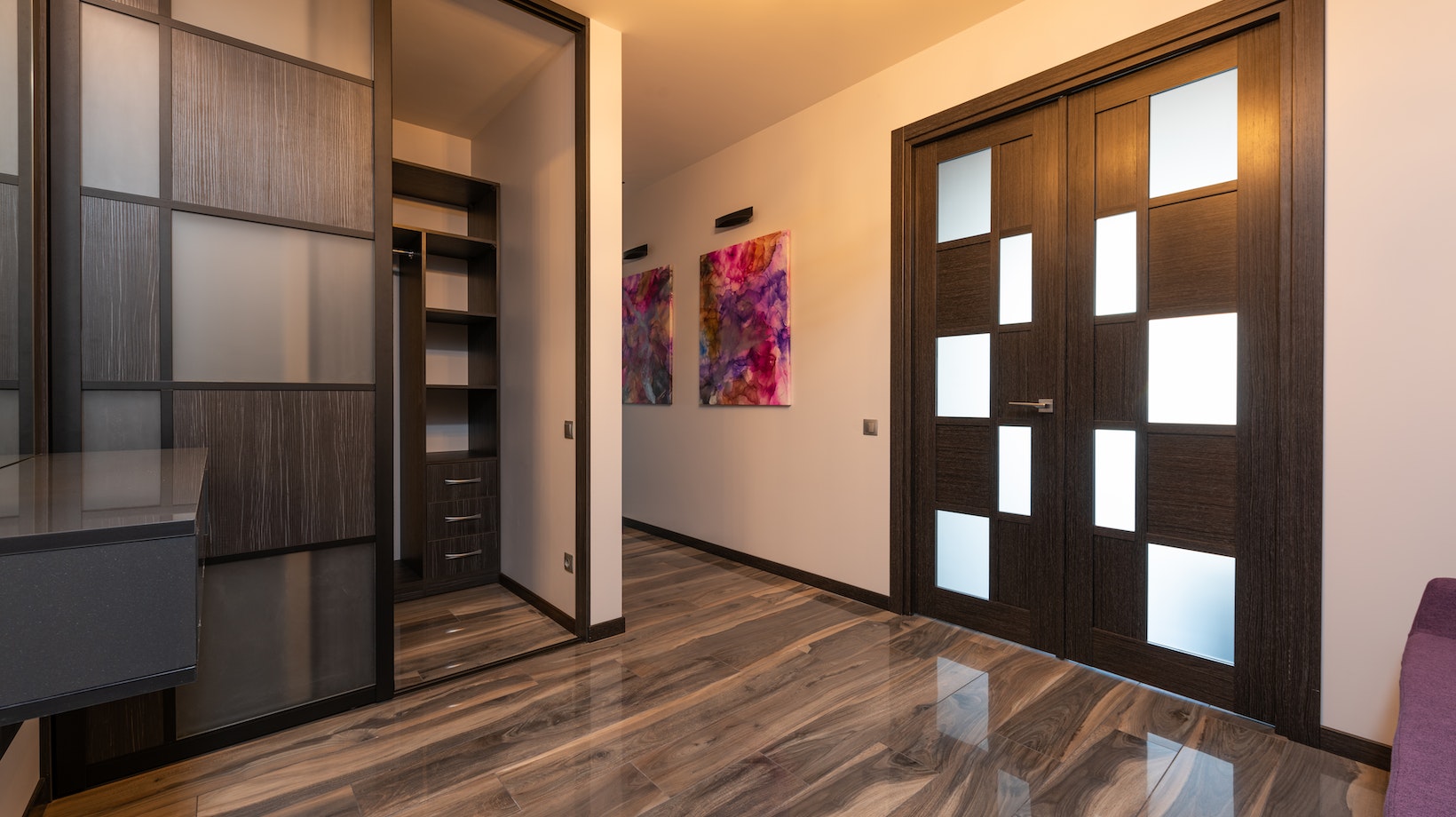
How to Remove Sliding Closet Doors
When it comes to removing sliding closet doors, a little preparation can go a long way. Taking the time to prepare properly will help ensure a smooth and successful removal process. Here are some steps you can follow to get ready:
- Clear the Area: Start by removing any items or furniture near the closet doors. This will give you ample space to work and prevent any accidental damage.
- Gather Your Tools: Before diving into the removal process, gather all the necessary tools you’ll need. This may include a screwdriver, pliers, hammer, pry bar, and masking tape.
- Protect the Floor: To avoid scratching or damaging your floor during the removal process, place a drop cloth or old blanket underneath the area where you’ll be working.
- Inspect the Doors: Take a close look at your sliding closet doors to familiarize yourself with their construction and any specific features they may have. This will help you better understand how they are installed and make it easier to remove them.
- Follow Manufacturer’s Instructions: If your sliding closet doors came with an installation manual or guidelines from the manufacturer, consult them before proceeding further. These instructions may offer valuable insights and tips specific to your doors’ design.
- Identify Hardware Connections: Examine how your sliding doors are attached to their tracks and frames. Look for screws, brackets, or clips that hold them in place.
Gathering the Necessary Tools
When it comes to removing sliding closet doors, having the right tools at your disposal is crucial. Here’s a rundown of the essential equipment you’ll need:
- Screwdriver: A Phillips or flat-head screwdriver will be necessary for loosening and removing screws that hold the door in place.
- Pry bar: A pry bar is useful for gently prying the door frame away from the wall, allowing for easier removal.
- Tape measure: Before you start disassembling anything, take precise measurements of the door and its components. This will help ensure a smooth reinstallation process later on.
- Utility knife: Use a sharp utility knife to cut through any caulk or adhesive holding the door frame in place.
- Hammer: In case there are any stubborn nails or pins securing parts of the door, a hammer can assist in their removal.
- Safety goggles and gloves: Protecting your eyes and hands should be a priority when working with tools and potentially sharp objects.

Removing the Doors from the Track
When it comes to removing sliding closet doors, taking them off the track is an essential step. Here’s a simple guide on how to do it effectively:
- Prepare your workspace: Before getting started, clear out any obstacles and ensure you have enough space to maneuver. It’s also wise to protect your floor with a drop cloth or towels in case any hardware falls.
- Locate the door stops: These are small metal brackets that prevent the doors from completely sliding off the track. Look for them on both ends of the track and remove them using a screwdriver.
- Lift the doors: With the door stops removed, you can now lift each door slightly from its position on the track. Be cautious as sliding doors can be heavy, so it might be helpful to have an extra pair of hands for assistance.
- Angle and tilt: Once lifted, angle each door towards yourself at about a 45-degree angle while keeping it tilted slightly upward. This will disengage them from the bottom track.
- Carefully remove: Slowly pull each door towards you while maintaining its angled position until it clears the top track entirely.
- Set aside safely: Find a secure location where you can place the doors without causing any damage or obstruction. Make sure they’re stored upright to prevent warping or scratches.
- Inspect and clean: Take this opportunity to inspect both tracks for any dirt, debris, or damage that may hinder smooth operation when reinstalling your closet doors later on. Clean them thoroughly using a vacuum cleaner or damp cloth if necessary.





